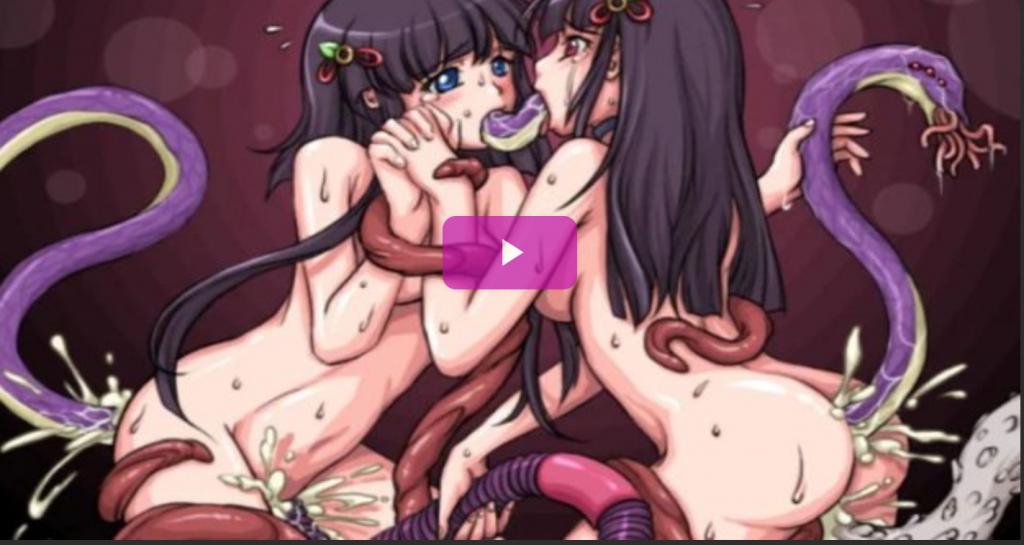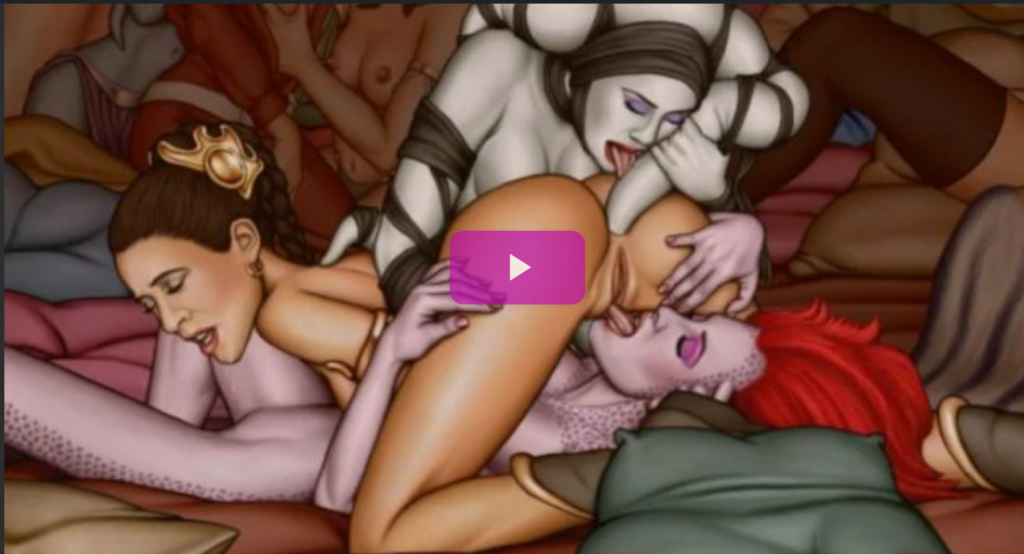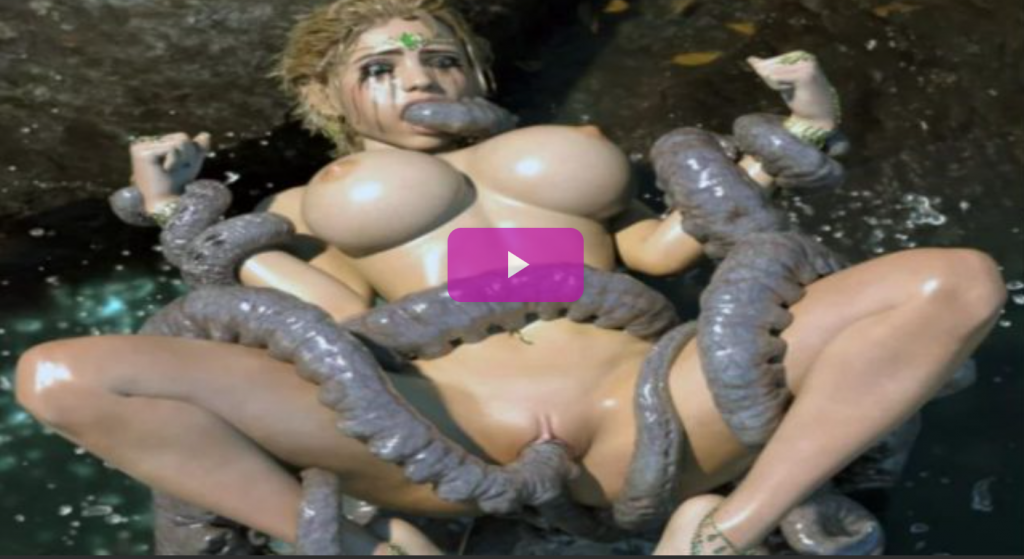Introduction
Tentacle rape cartoon girlfriend has become a popular subgenre in the world of animated cartoons. It is a genre of animation featuring a female protagonist, usually a teenager, being sexually assaulted by tentacles. This style of pornographic animation gained its notoriety through Japanese hentai, but has since become more widely accepted in other parts of the world. Tentacle rape cartoon girlfriend stories feature a variety of themes, from science fiction to fantasy, and often contain elements of horror or romance. They can be seen as a form of escapism for viewers, allowing them to explore their own fantasies without fear of judgement or consequence.
The Power and Peril of Tentacle Rape Cartoons: An Analysis

The power and peril of tentacle rape cartoons has become a topic of increasing debate in recent years. Tentacle rape cartoons, which feature the sexual assault of a human female character by tentacled creatures, have been a long-standing part of Japanese popular culture. While some view them as an innocent form of fantasy, others consider tentacle rape cartoons to be a form of media exploitation that reinforces misogynistic attitudes. As the popularity of these cartoons continues to grow, it is important to consider both the power and peril associated with them. On one hand, tentacle rape cartoons can be seen as a form of personal expression.
These cartoons provide a platform to explore topics of sexuality, gender roles, and other taboo topics in a safe, non-threatening environment. They also provide a way for individuals to explore their own fantasies and desires without fear of judgement or consequence. This can be empowering to those who use tentacle rape cartoons as a form of self-expression, allowing them to explore parts of themselves that they may not be able to express in other contexts. At the same time, however, tentacle rape cartoons can be seen as a form of media exploitation that reinforces misogynistic attitudes. These cartoons often portray women as powerless objects, with no agency of their own. They are often portrayed as victims of sexual violence, with their consent ignored or disregarded. As such, tentacle rape cartoons may contribute to a culture that condones sexual assault and objectifies women. In conclusion, tentacle rape cartoons can be seen as both powerful and perilous. On one hand, they can be seen as a form of personal expression that can be empowering to those who use them as a form of self-expression. At the same time, however, they can be seen as a form of media exploitation that reinforces misogynistic attitudes. As such, it is important to consider the power and peril of tentacle rape cartoons when engaging in any form of media consumption.
Navigating the Complexities of Tentacle Rape Cartoons as a Girlfriend

Navigating the complexities of tentacle rape cartoons as a girlfriend can be a daunting task. These cartoons, while often seen as humorous, can be incredibly triggering and can contain images and themes that are deeply offensive to many people. For this reason, it is important to understand the potential implications of viewing tentacle rape cartoons as a girlfriend. Firstly, it is essential to recognize that tentacle rape cartoons can be incredibly graphic and can contain violent or explicit content. These cartoons depict creatures, often tentacles, engaging in sexual acts with human-like characters. While this may be seen as humorous to some, others may find it deeply offensive and may be deeply triggered by these images. It is important to recognize that tentacle rape cartoons may not be appropriate for all viewers and should be considered carefully before viewing. It is also important to recognize that tentacle rape cartoons can be incredibly misogynistic.
These cartoons often feature female characters being sexually assaulted or violated by tentacles or other creatures. As a girlfriend, it is essential to consider the implications of viewing these images both for yourself and for the people around you. Be aware that these images are offensive to many people and could be triggering for individuals who have experienced sexual assault or violence. Finally, it is important to consider the implications of viewing tentacle rape cartoons as a girlfriend. While these cartoons may be humorous to some, it is important to recognize that these images can have a deeply negative impact on those who view them. Viewing these cartoons could lead to feelings of discomfort or distress, as well as feelings of guilt or shame. It is important to take care when viewing these cartoons, and to be aware of potential implications for yourself and for those around you. In conclusion, navigating the complexities of tentacle rape cartoons as a girlfriend can be a difficult process. It is important to recognize that these cartoons can be incredibly graphic and misogynistic, and can be deeply triggering and offensive to many people. It is essential to consider the potential implications of viewing these cartoons both for yourself and for those around you, and to be aware of the potential negative impacts of viewing such images.
Exploring Representations of Gender in Tentacle Rape Cartoons
This paper will explore the representation of gender in tentacle rape cartoons, a genre of Japanese animated pornography. Tentacle rape cartoons depict characters who are often female and portrayed as helpless victims of sexual assault from tentacled monsters. While the genre has been controversial for its explicit nature, it is also important to consider the implications of its gender representations. Tentacle rape cartoons generally portray women in traditional gender roles, with female characters often depicted as passive and submissive. The monster is seen as a powerful and dominant figure, while the female characters are often shown as weak, helpless, and unable to resist the monster’s advances. This reinforces gender stereotypes, suggesting that women should be seen as passive and submissive, while men are portrayed as powerful and dominant.
In addition to this, women are often portrayed as objects of desire in tentacle rape cartoons, rather than as autonomous individuals. They are often presented as objects to be conquered by the monster, with little or no agency of their own. This objectification of women reinforces the idea that they are sexual objects for male pleasure, rather than autonomous beings with their own desires and agency. Despite these problematic representations of gender, there have been some attempts to subvert traditional gender roles in tentacle rape cartoons. For example, some cartoons depict female characters who are strong and capable of resisting the monster’s advances. This challenges the traditional gender roles portrayed in the genre, suggesting that women can be powerful and autonomous figures. In conclusion, tentacle rape cartoons present problematic representations of gender, often reinforcing traditional gender roles and objectifying women. However, there have been some attempts to subvert these representations, suggesting that women can be powerful and autonomous figures. It is important to consider the implications of these gender representations when viewing tentacle rape cartoons.
Representations of Consent and Agency in Tentacle Rape Cartoons

Tentacle rape cartoon girlfriend are a controversial genre of art, often depicting a female character in a sexually explicit situation with one or more tentacled creatures. While some viewers may find these cartoons titillating, the genre has been criticized for its objectification of female characters and its reinforcement of problematic ideas about consent and agency. When examining representations of consent and agency in tentacle rape cartoons, it is important to consider the cultural context in which these images are created and interpreted. In most cases, the woman depicted in the cartoon is shown as powerless, with no ability to refuse the advances of the tentacled creature. This depiction reinforces the idea that women should not be able to express their own sexual desires or to freely engage in consensual sexual activity. The power dynamics in tentacle rape cartoons typically revolve around the tentacled creature as the dominant partner, while the female character is portrayed as passive and powerless.
This reinforces the idea that women are not capable of making decisions about their own sexual activities or of providing meaningful consent. Furthermore, the cartoons often depict the female character as being in a vulnerable or physically weaker position than the tentacled creature, which implies that women can be taken advantage of or coerced sexually. In addition to reinforcing problematic ideas about consent and agency, tentacle rape cartoons can be seen as a form of sexual violence, as the female character is often presented as a victim of assault. This is especially concerning when the cartoons depict tentacled creatures as predators or aggressors, as this further reinforces the idea that women are vulnerable and powerless in sexual situations. Ultimately, tentacle rape cartoons are a controversial genre of art and their depictions of consent and agency should be examined critically. While some viewers may find these cartoons entertaining, it is important to consider the implications of these images and to recognize that they may be reinforcing outdated and potentially damaging beliefs about gender and sexuality.
Examining the Impact of Tentacle Rape Cartoons on Sexual Expression
The emergence of tentacle rape cartoons has raised several questions regarding the impact of this material on sexual expression. In this paper, we will examine the implications of tentacle rape cartoons on sexual expression, exploring the potential influence of this material on individuals and society. Tentacle rape cartoons depict a form of sexual violence in which a human is sexually assaulted by an anthropomorphized tentacle creature. These cartoons are typically characterized by their cartoonish and stylized depictions of tentacle creatures and often contain graphic and explicit depictions of sexual violence. While some argue that these cartoons are simply a form of fantasy and art, others suggest that they could be having a negative impact on sexual expression. One of the most significant concerns regarding tentacle rape cartoons is the potential for these cartoons to normalize and even glorify sexual violence. By portraying sexual violence in a more cartoonish and stylized manner, tentacle rape cartoons may inadvertently desensitize viewers to the severity and reality of sexual violence, creating the perception that such acts are not as serious as they truly are.
This could lead to an increase in the acceptance of sexual violence in our society, leading to an increase in the number of sexual assaults. In addition, tentacle rape cartoons may also lead to a decrease in the level of respect that individuals have for sexual consent. By portraying sexual violence as an acceptable form of sexual expression, these cartoons may create the perception that consent is not necessary for sexual activity. This could lead to an increase in the number of people who engage in non-consensual sexual activity, further contributing to the prevalence of sexual violence. Finally, it is also important to consider the impact of these cartoons on the development of healthy sexual expression. By portraying sexual violence in a cartoonish and stylized manner, tentacle rape cartoons may create the perception that sexual violence is an acceptable form of sexual expression. This could lead to individuals developing unhealthy attitudes and behaviors towards sex, leading to an increase in sexually damaging behaviors. Overall, tentacle rape cartoons have the potential to have a significant impact on sexual expression. By normalizing and even glorifying sexual violence, these cartoons may lead to an increase in the prevalence of sexual violence and a decrease in respect for sexual consent. Additionally, these cartoons may lead to the development of unhealthy attitudes and behaviors towards sex. It is therefore important to consider the implications of tentacle rape cartoons on sexual expression in order to ensure that individuals are able to develop healthy and consensual sexual expression.
Conclusion
Tentacle rape cartoon girlfriend is an interesting concept that raises a lot of questions and debates around the morality and legality of such images. While there is no clear answer to this debate, it is clear that these images are not suitable for children or anyone who may be easily offended. As such, any adults who wish to view these images should do so with caution and discretion.
